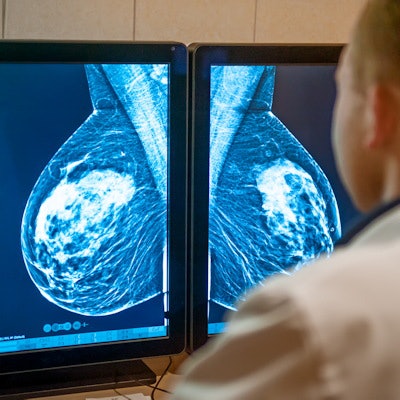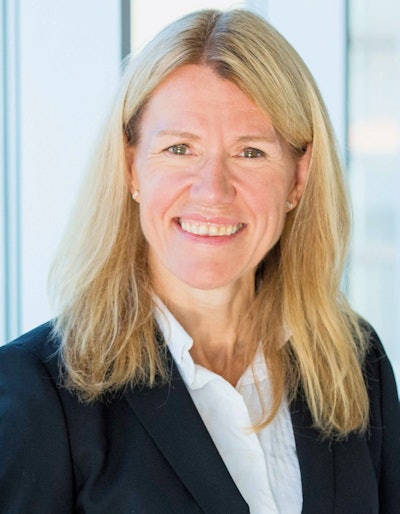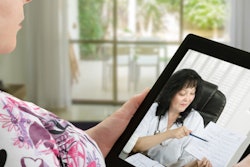
The Canadian National Breast Screening Study (CNBSS) trials conducted in the 1980s should not be used to inform policymakers in light of 29 eyewitness accounts, according to a review published March 29 in the Journal of Breast Imaging.
 Dr. Jean Seely.
Dr. Jean Seely.Researchers led by Dr. Jean Seely from the University of Ottawa made the case that the trials are not scientifically valid when it comes to showing how effective screening mammography is, with eyewitness testimonials alleging violations in the randomized control process as well as faulty equipment used and inadequately trained staff.
"We aim to increase the awareness of the problems of this data, that it has significant limitations," Seely told AuntMinnie.com. "These trials were done out of not an intention to perform bad work. They were done with the intention of doing good work at the time, but they did not pay attention to the quality of the mammography and ignored very strong evidence that the trials were flawed."
The CNBSS trials began in 1980 to see if routine breast screening with film-screen mammography and clinical breast examination lowered breast cancer mortality for women ages 40 to 49, compared with usual care. They also investigated whether such screening and examination in women ages 50 to 59 reduce mortality over examination alone. Neither study found benefits.
The trials have come under fire over the years for their design, including what patients were included, how mammography was used, and how patients were not randomized. A December 2021 review also published a testimonial from a single eyewitness that revealed cases in which symptomatic women were shifted from the control group to the mammography group.
However, the trials are still "cited prominently" as evidence against breast cancer screening for women between the ages of 40 and 49.
The researchers interviewed 29 eyewitnesses between January and July 2021 through an "exhaustive" search and validated them through cross-referencing and corroboration.
Eyewitnesses alleged that the randomization protocol was violated when it came to "at least" 20 women with physical signs of breast cancer. They said the women were allocated to the screening arm of the trials. About one-third also alleged that "many" of the findings seen only on mammograms were not acted upon by surgeons.
Seely said over one-third of witnesses alleged that outdated mammography equipment was used, while half of the witnesses alleged there was "very minimal" training for radiologists.
"One of the study sites had equipment that was already 11-years-old at the time of the study and continued on for the next four years," said Seely, who co-authored the 2021 review. "A radiologist told me that the mammography equipment that was used [for another study site] had been stored in a garage and was taken out of storage ... for the study."
The team wrote that health policymakers should dismiss the trials' results, as well as understand their shortcomings when making decisions on access, onset, and frequency of public screening programs. Seely pointed to other randomized control trials performed around the same time as the CNBSS trials as well as afterward that show screening mammography's benefits.
"This will reduce the risk of preventable deaths of women from breast cancer as well as morbidity associated with delayed detection," they wrote.
Seely told AuntMinnie.com that researchers plan to reach out to policymakers about the trials' faults and that while nothing is tangible, the evidence is being reviewed by researchers on ethics boards.
In an accompanying editorial, Stephen Duffy, PhD, from Queen Mary University of London wrote that the eyewitnesses who came forward should be congratulated for speaking out about the trials' shortcomings.
"This must have taken some courage," Duffy wrote.
He added that there is an "urgent" need to re-review the evidence excluding the CNBSS trials, particularly in terms of target age groups for screening.




















